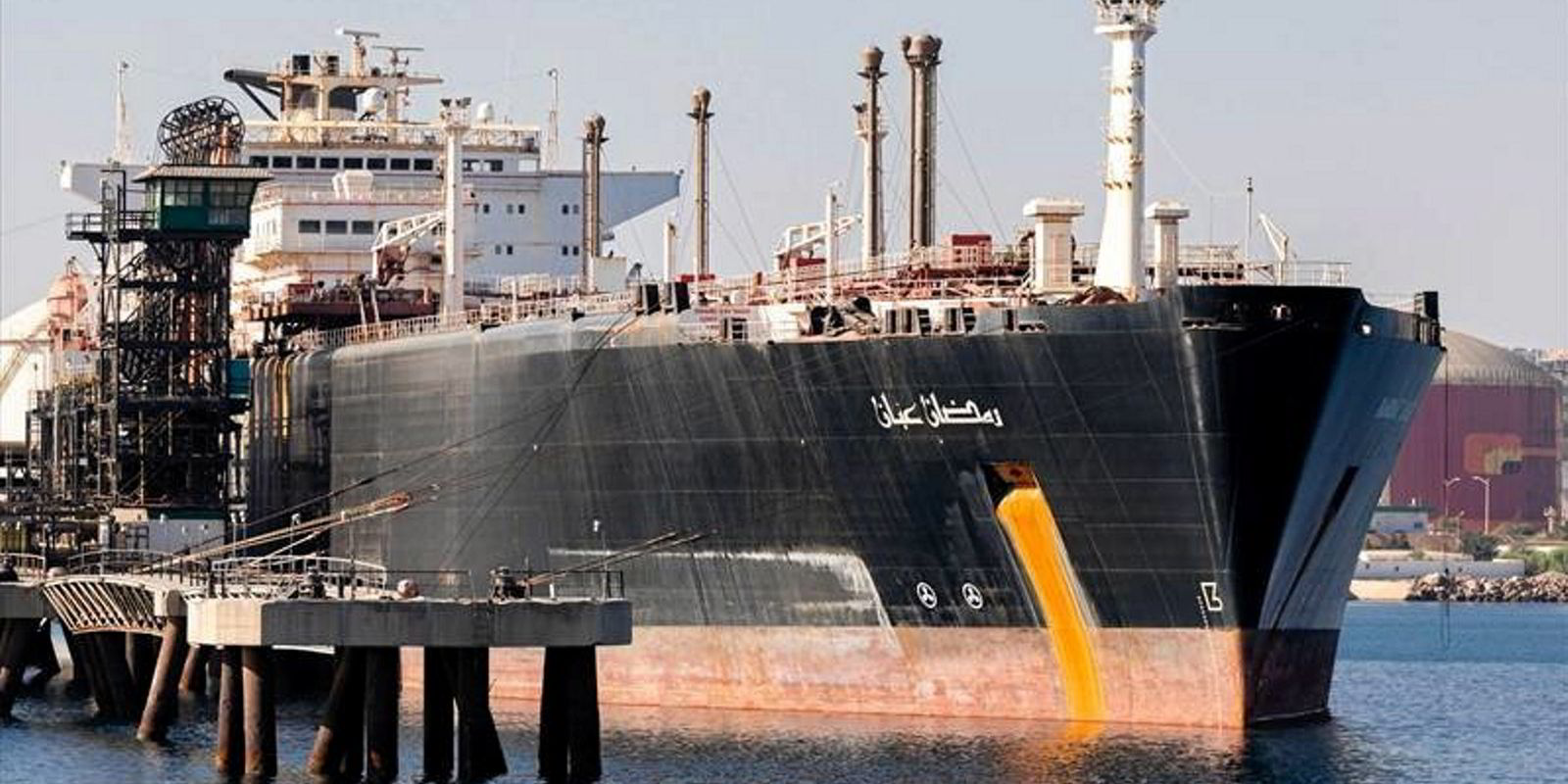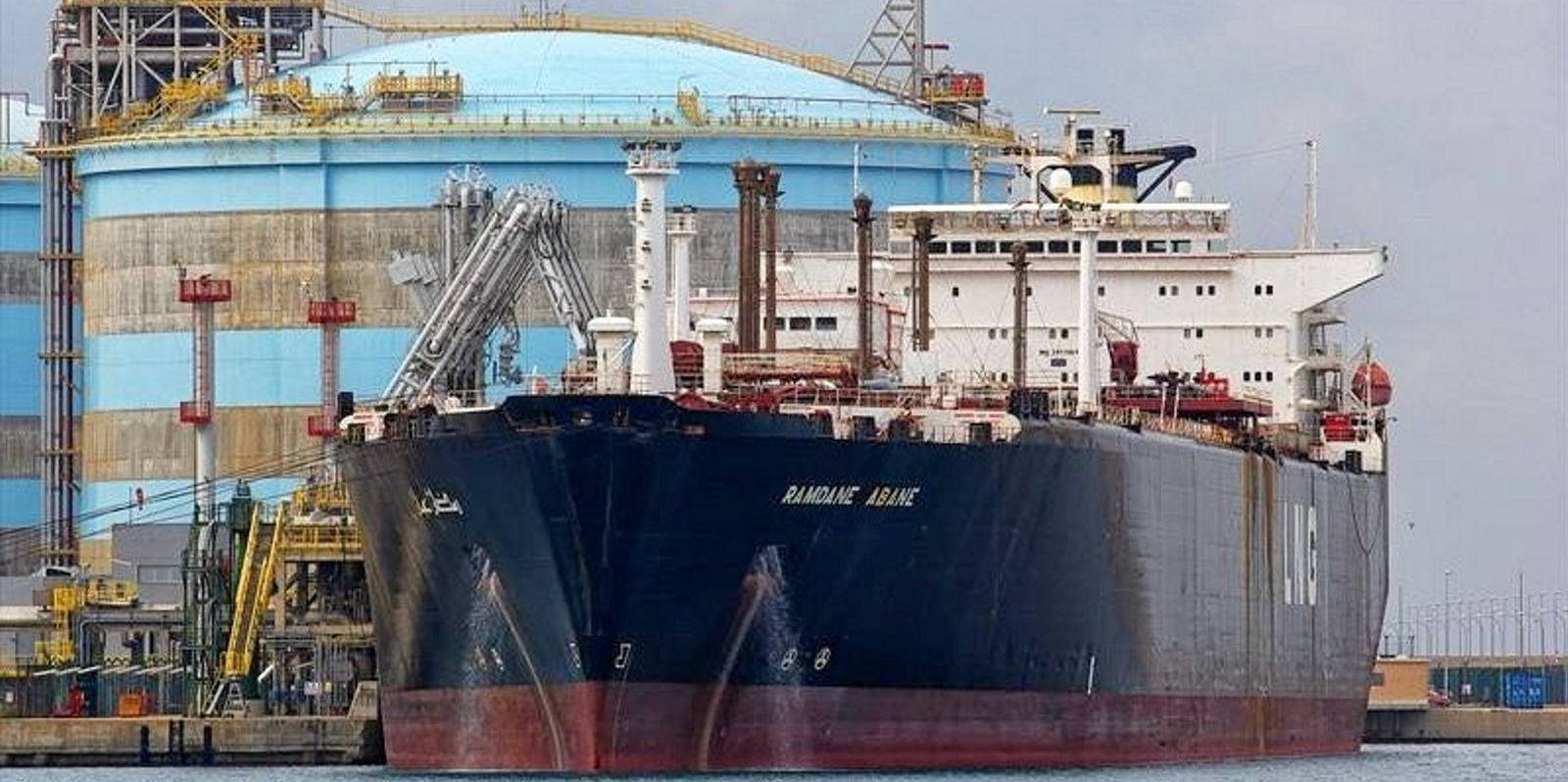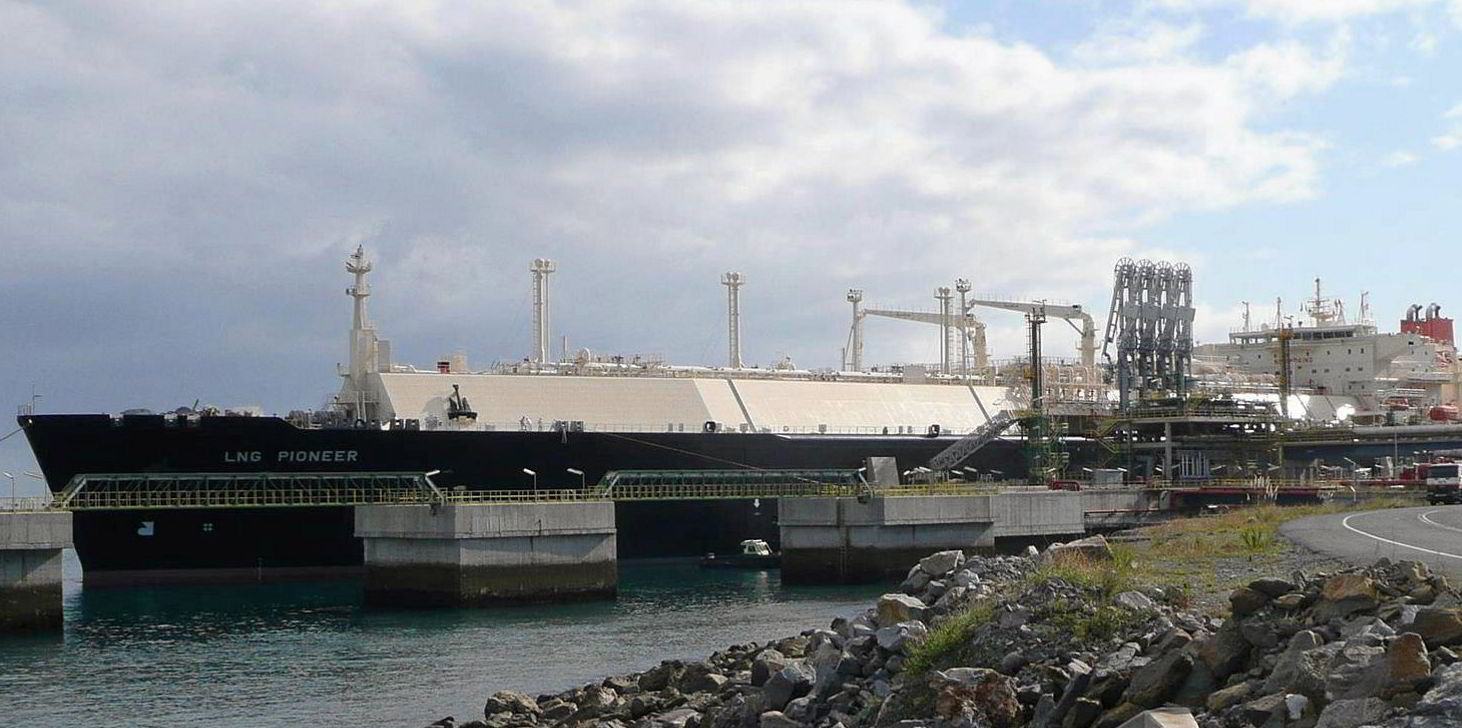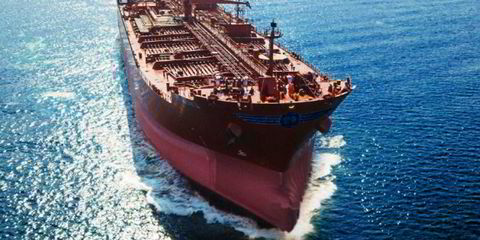Algeria’s Sonatrach has sold a 40-year-old LNG carrier for demolition in what is set to be the first scrap sale for this type of vessel in 2021.
Brokers reported the 126,130-cbm Ramdane Abane (built 1981), which is controlled by Sonatrach’s shipowning arm Hyproc Shipping, fetched $345 per ldt.
But details have yet to emerge of where the vessel will be broken up.
TradeWinds reported in February that Hyproc had asked for offers on the Ramdane Abane in a tender process.
The company said it was selling the vessel on an "as is, where is" basis.
The ship was last seen a year ago idled close to Sonatrach’s Arzew terminal in Algeria.
Databases rank the steam-turbine, membrane-type Ramdane Abane as the world’s 10th oldest LNG carrier.
Sonatrach had tried to sell the vessel two years ago but no sale materialised.
The company has progressively been shedding its six 1970s and 1908s-built vessels as it ordered and took delivery of five LNG newbuildings that were purpose-built for its trades.
The French-built Ramdane Abane is the last of Hyproc’s six 1970s and 1980s-built vessels, which it has been selling off as part of its fleet-renewal process.
Only a few LNG carriers are sent to ship breakers each year. Historically, vessels have been well maintained and fixed on long-term contracts — sometimes on set trade routes. The non-corrosive nature of their cargoes helps keep ships’ tanks in good condition.
But 2020 saw an uptick in LNG scrap sales with six ships sent for demolition.
Trending
Some market players believe this trend could continue.
This year more than 50 LNG newbuildings are due to be delivered.
This, combined with an anticipated large number of 20-year-old-plus steam-turbine vessels that are due to be delivered from long-term contracts, is expected to push more vessels out for either scrap or secondhand sales. Older vessels are unlikely to prove commercially competitive with their modern cousins.
Clarksons' Shipping Intelligence Network lists 18 full-size LNG carriers in the world fleet that are over 40 years old. Of these, 14 are either laid up or remain long-term in a shipyard while the other four are still in service.







